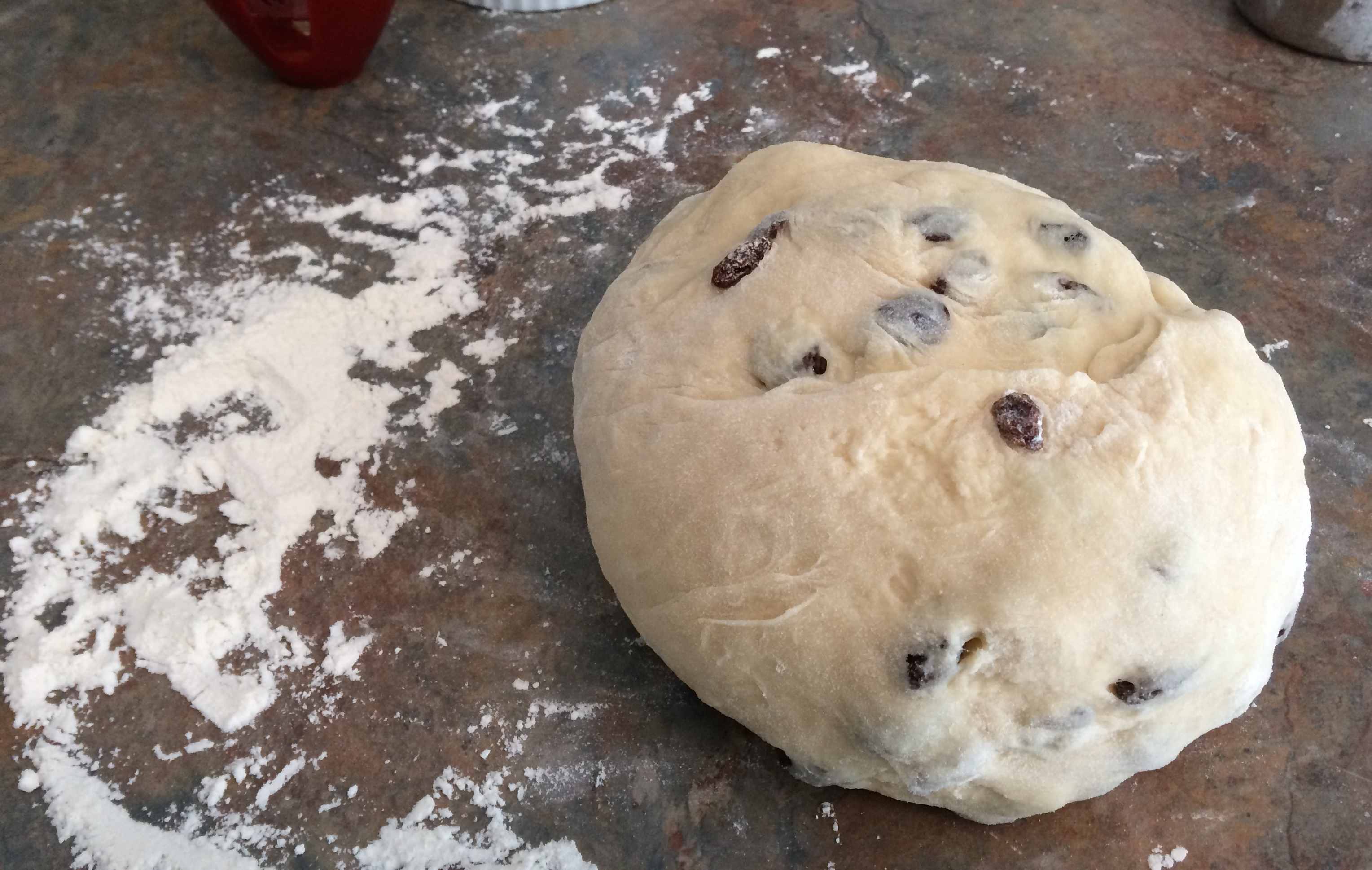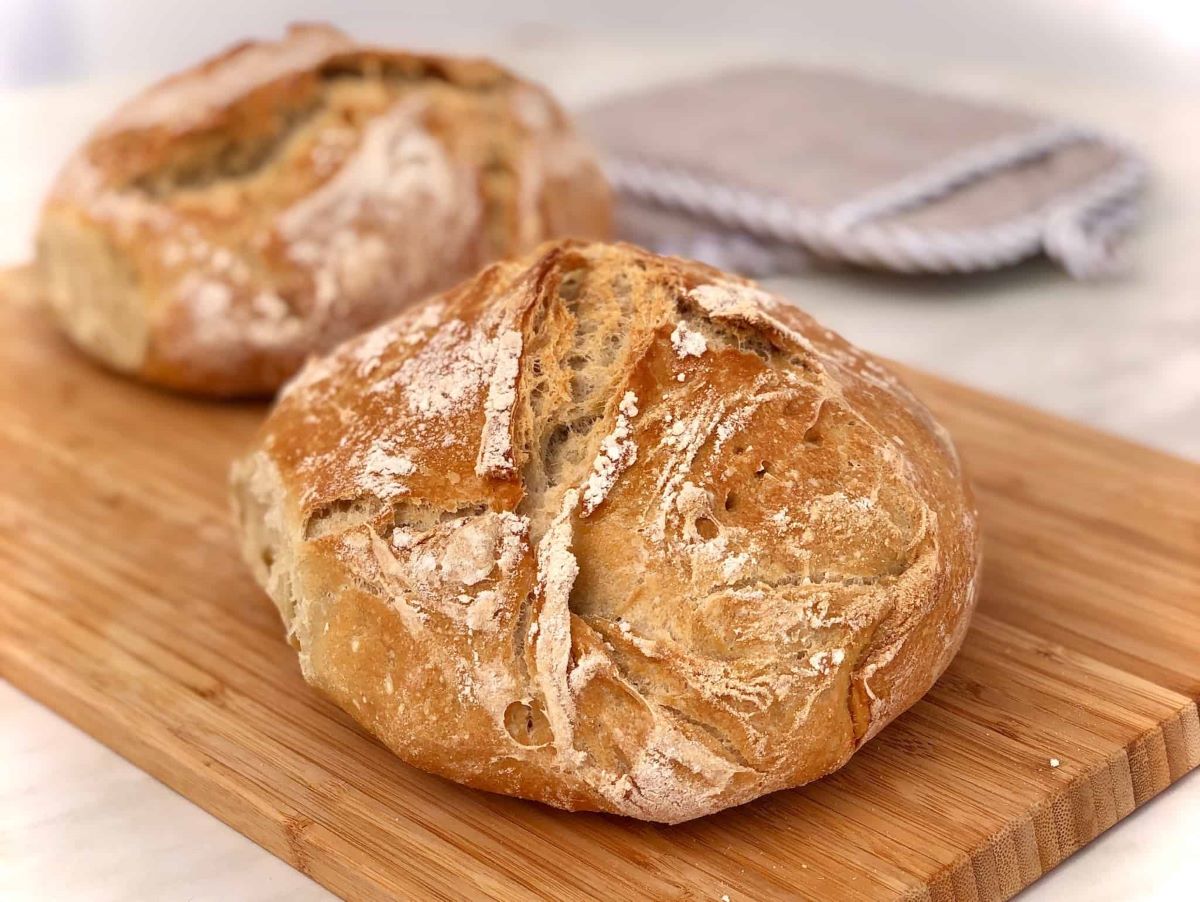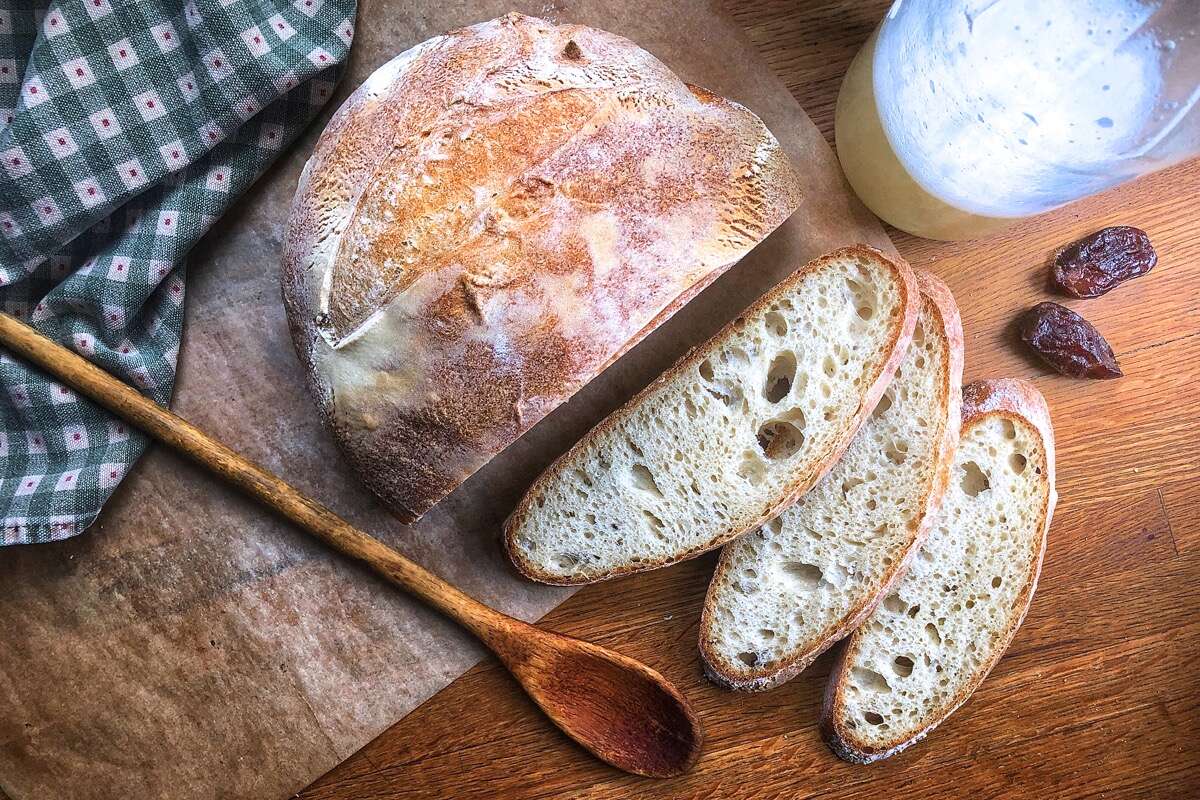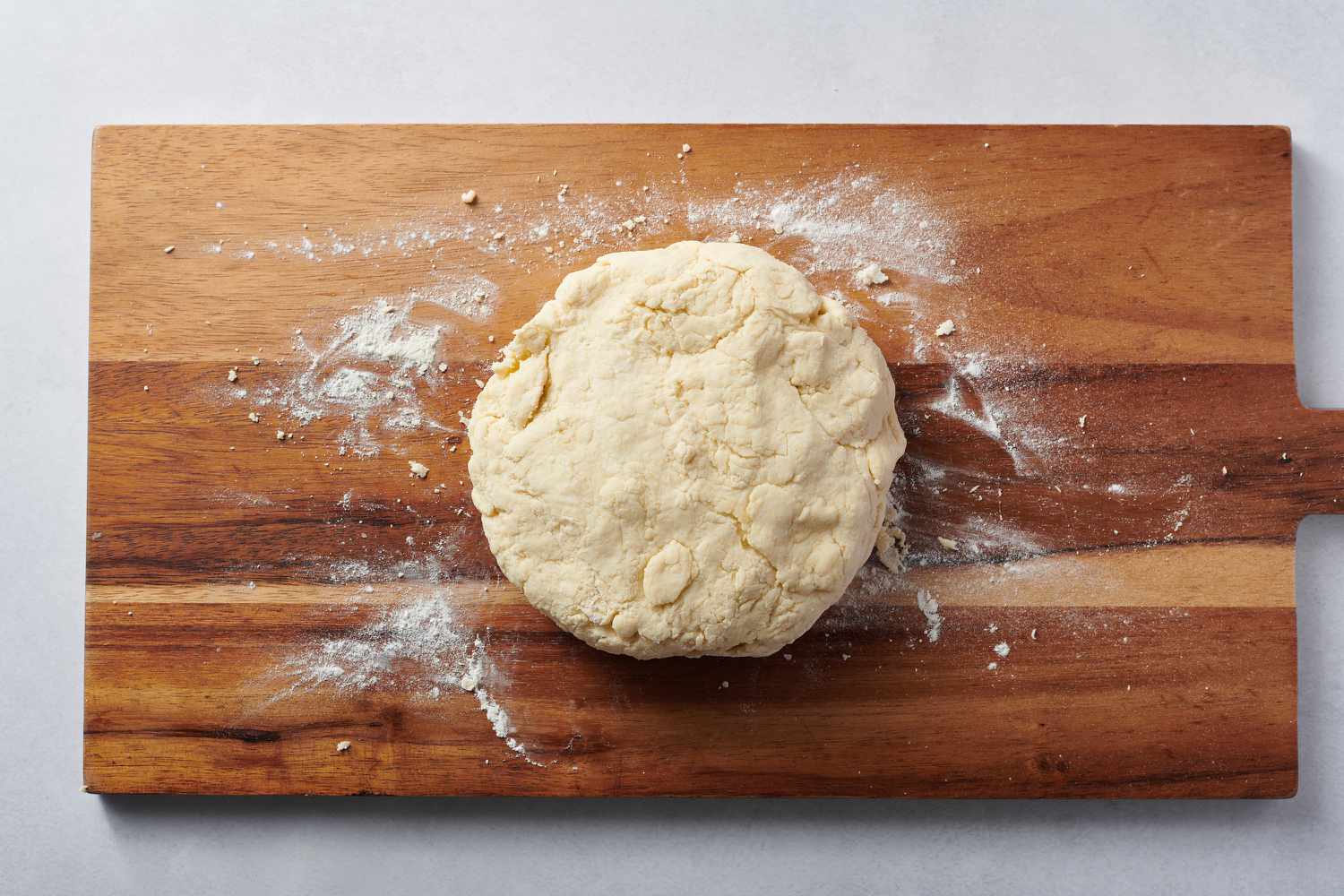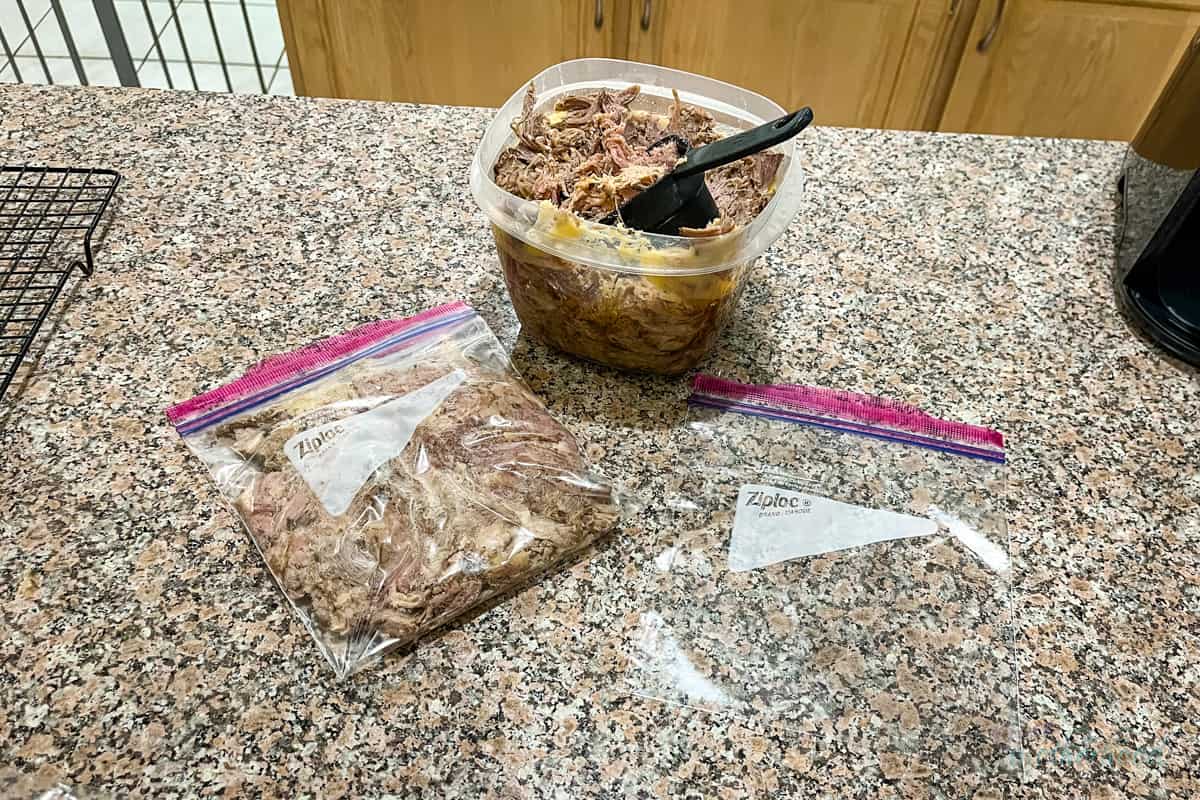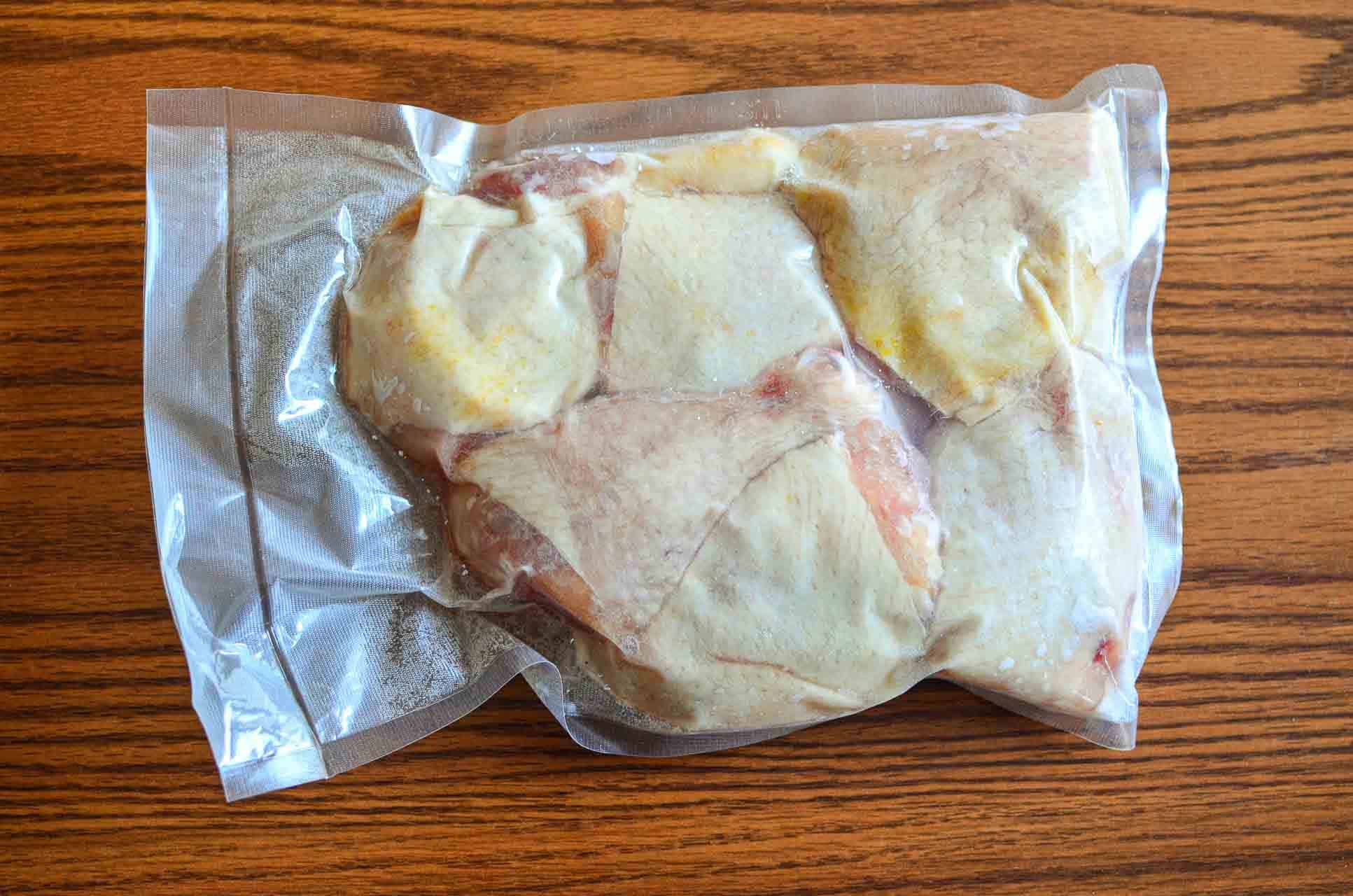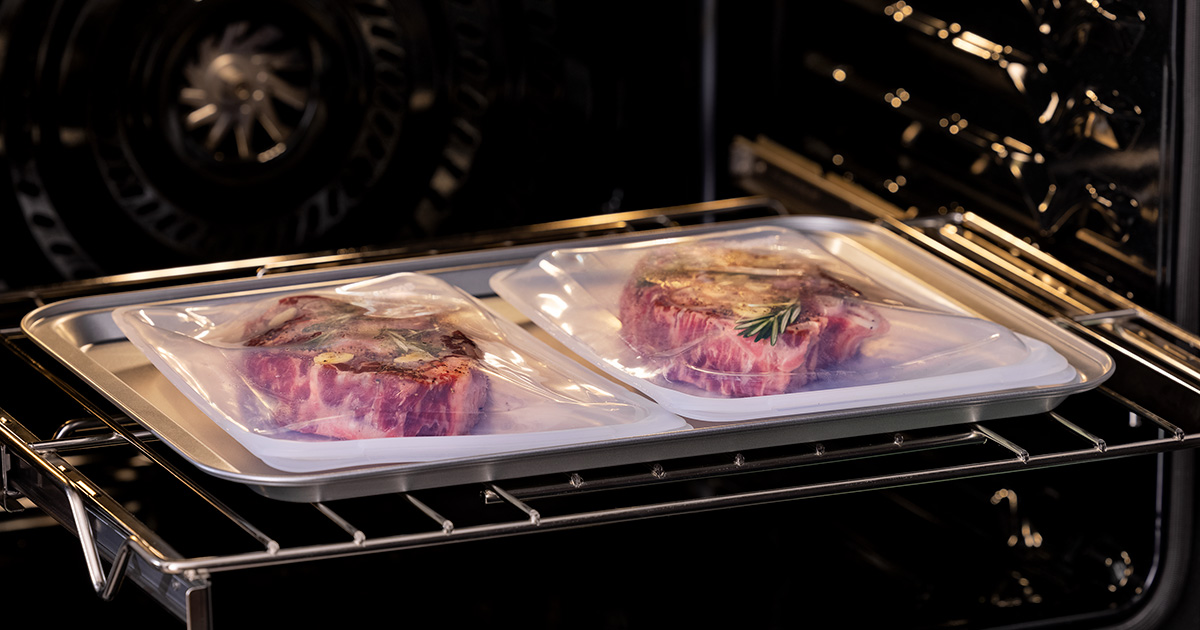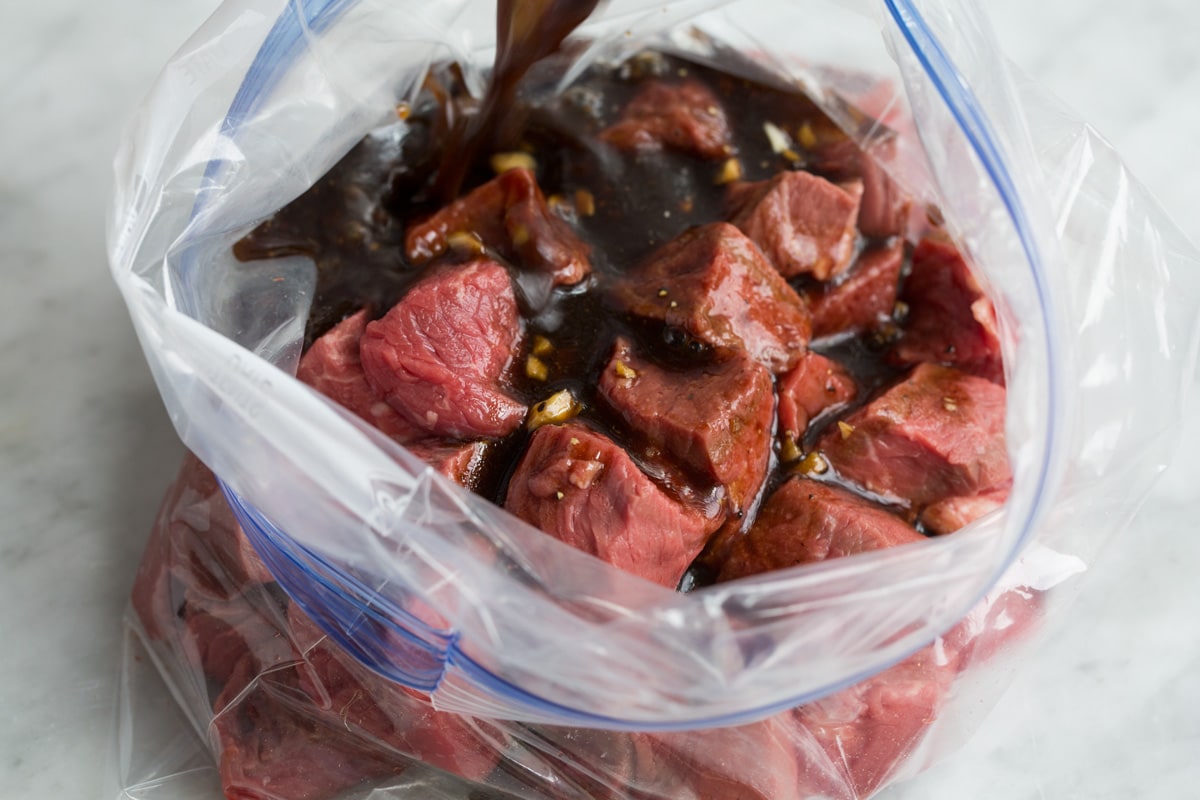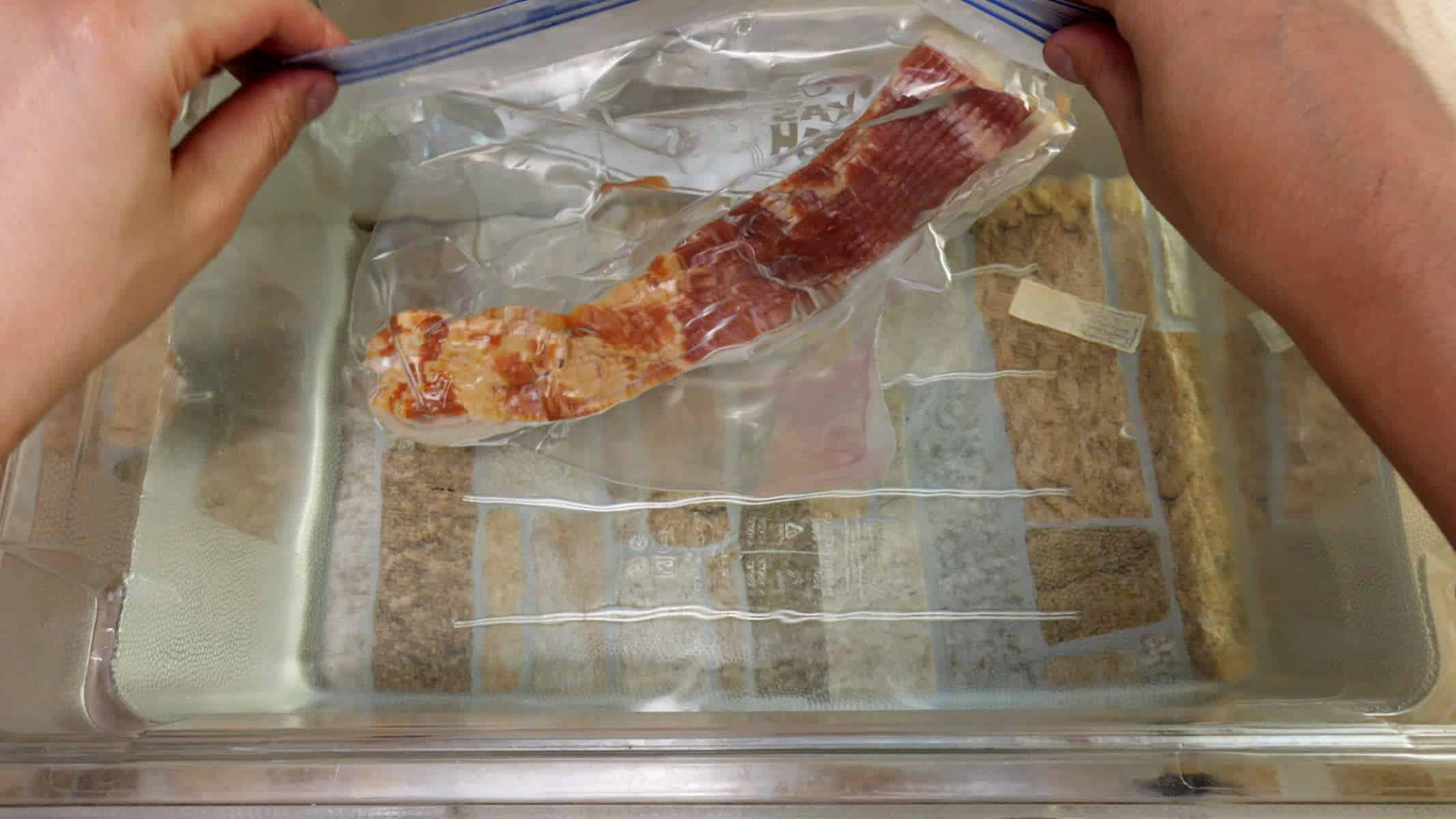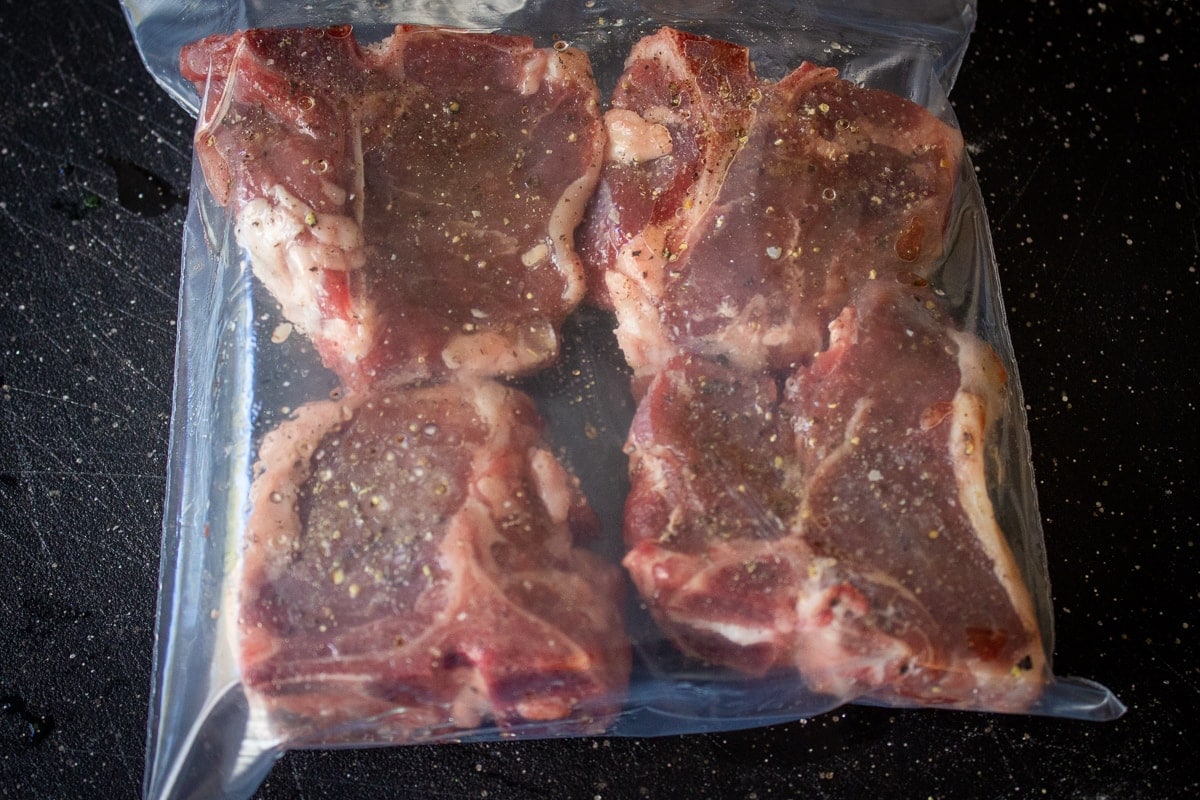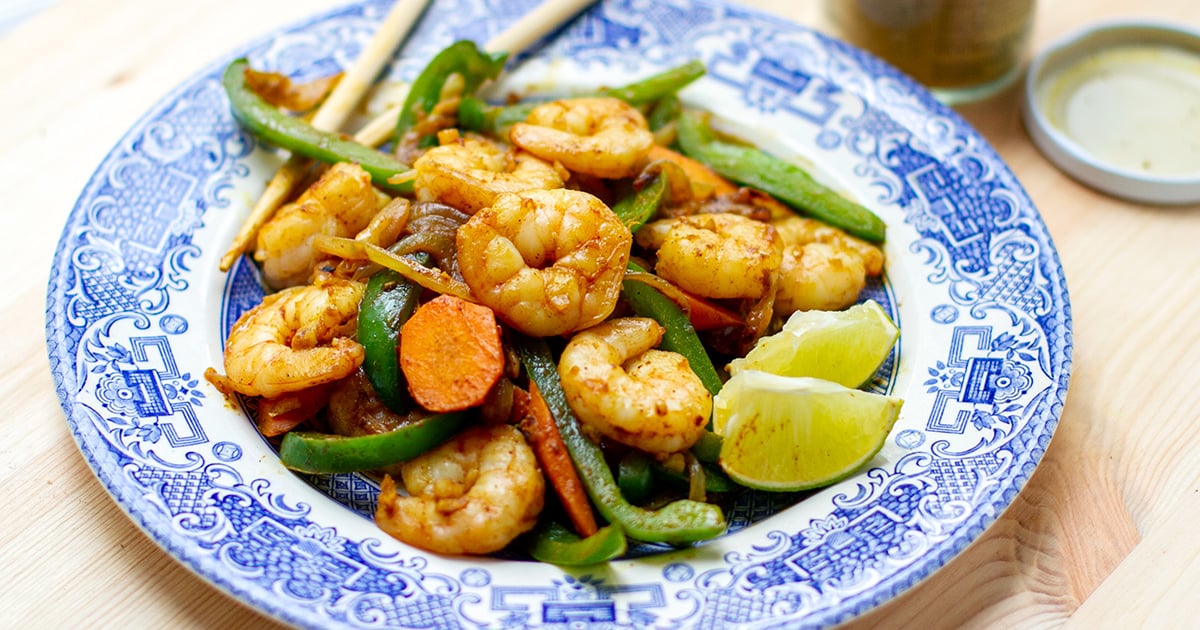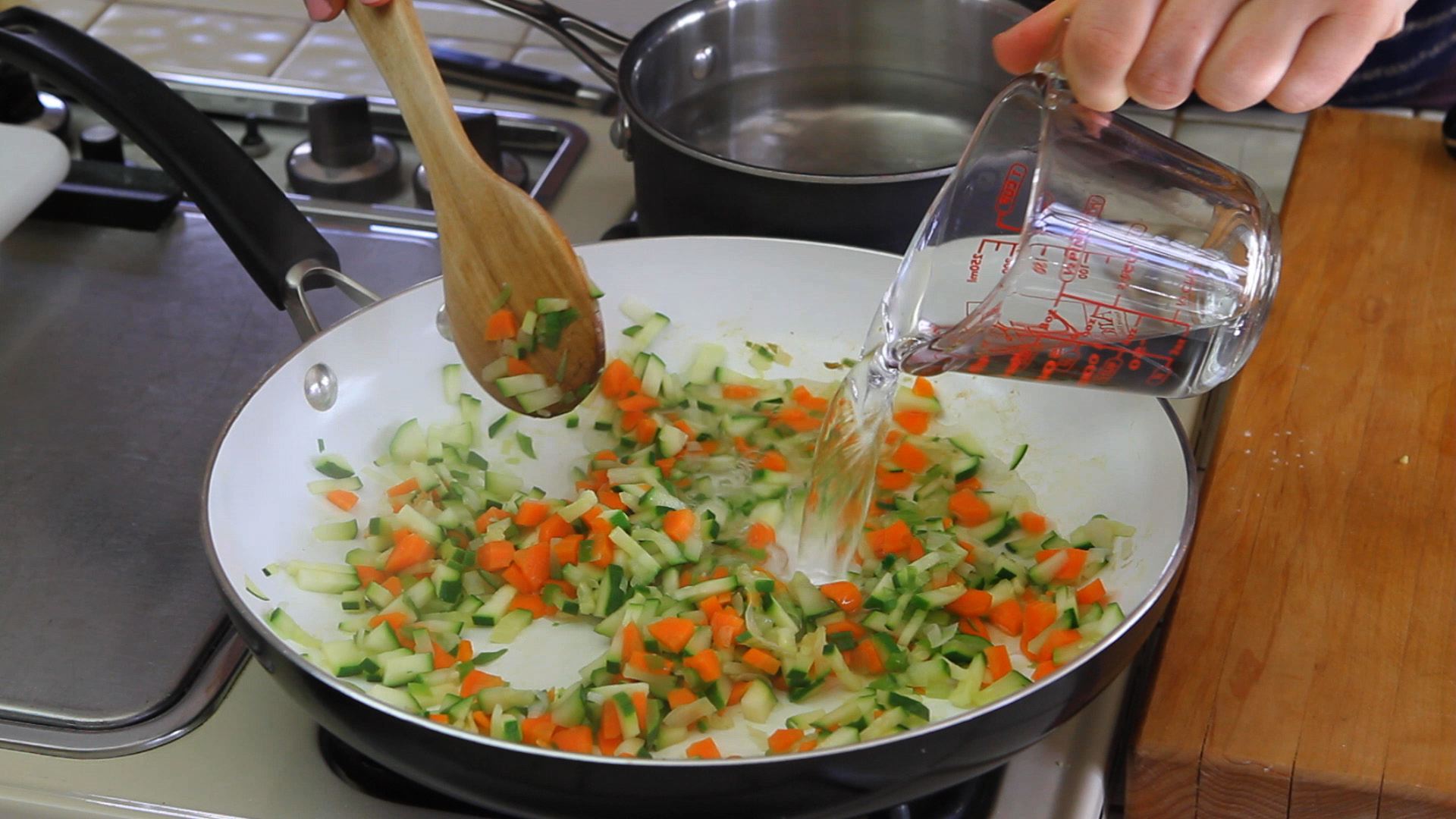Adding a Sweet Twist to Your Bread: Kneading Dried Fruit Into Bread Dough
Adding dried fruit to bread dough is a great way to infuse your homemade bread with a burst of natural sweetness and a delightful chewy texture. Whether you’re a seasoned baker or just starting out, incorporating dried fruit into your bread dough can take your baking skills to the next level. Here’s how you can easily knead dried fruit into your bread dough for a delicious and unique twist on traditional bread.
Choosing the Right Dried Fruit
Before you start kneading, it’s important to choose the right dried fruit for your bread. Raisins, cranberries, apricots, and figs are popular choices for adding a touch of sweetness and flavor to bread. Make sure the dried fruit is fresh and plump, as this will ensure that it adds moisture and a burst of flavor to your bread.
Preparing the Dried Fruit
Before kneading the dried fruit into the bread dough, it’s essential to prepare the fruit properly. If the dried fruit is large, consider chopping it into smaller pieces to ensure an even distribution throughout the dough. Tossing the dried fruit in a little flour can also help prevent it from clumping together and sinking to the bottom of the bread during baking.
Kneading the Dried Fruit Into the Dough
Once your bread dough has been mixed and is ready for kneading, it’s time to incorporate the dried fruit. Here’s a simple step-by-step guide to kneading dried fruit into your bread dough:
- Turn out the dough onto a lightly floured surface.
- Flatten the dough slightly with your hands to create a disc shape.
- Spread a handful of dried fruit over the surface of the dough.
- Fold the dough over the dried fruit and press it down gently to encase the fruit.
- Begin kneading the dough, using the heel of your hand to push the dough away from you and then folding it back over itself.
- Continue kneading for 8-10 minutes, or until the dried fruit is evenly distributed throughout the dough.
Tips for Kneading Dried Fruit Into Bread Dough
Kneading dried fruit into bread dough requires a gentle touch to ensure that the fruit is evenly distributed without overworking the dough. Here are a few tips to keep in mind:
- Use a gentle folding and kneading motion to incorporate the dried fruit, being careful not to crush the fruit or tear the dough.
- If the dough becomes too sticky while kneading in the dried fruit, lightly dust your hands with flour to prevent sticking.
- For bread recipes that require a long fermentation or proofing time, consider adding the dried fruit during the final stages of shaping the dough to prevent the fruit from fermenting and becoming too soft.
Enjoying the Fruits of Your Labor
Once you’ve kneaded the dried fruit into your bread dough and the dough has been shaped and baked, you’ll be rewarded with a loaf of bread that’s dotted with bursts of natural sweetness and chewy pockets of dried fruit. Whether you slice it for toast, use it for sandwiches, or simply enjoy it on its own, bread with dried fruit adds a delightful twist to your baking repertoire.
So, the next time you’re in the mood to bake bread, consider kneading some dried fruit into the dough for a delicious and unique treat that’s sure to impress your family and friends.
Happy baking!
For those looking to incorporate dried fruits into their bread, there are several recipes worth trying. The Cranberry Walnut Loaf offers a delightful combination of tart cranberries and crunchy walnuts, perfect for a hearty breakfast. The Date and Pecan Bread is another excellent choice, combining the sweetness of dates with the nutty flavor of pecans. If you prefer a touch of citrus, the Blueberry Lemon Loaf provides a zesty twist to your usual bread. For a warm, comforting flavor, the Apple Cinnamon Bread can't be beaten with its classic blend of apples and spices. Lastly, the Classic Raisin Bread is a timeless favorite that never goes out of style. Each of these recipes allows you to practice the skill of kneading dried fruit into dough, enhancing your baking repertoire and adding delicious variety to your bread selection.
